The Place Seoul (traditional Korean-style guesthouse) (복합한옥공간 곳)
9.0Km 2025-06-02
52-11, Gyedong-gil, Jongno-gu, Seoul
The Place Seoul in Gye-dong, Jongno-gu, Seoul, is a meeting place of traditional and modern Korea. It has a yard with a beautiful 80 year-old dogwood tree, and a small garden in which guests can enjoy the passage of the seasons. The Place Seoul is an environment-friendly place which uses eco-friendly consumables such as toilet paper and shampoo. Breakfast is simple and healthy. There are many good cafes in nearby Bukchon, and local tourist attractions include the National Palace Museum of Korea and the National Museum of Modern and Contemporary Art.
PORKLAND (포크랜드)
9.0Km 2021-03-30
258-10, Changgyeonggung-ro, Jongno-gu, Seoul
+82-2-745-7878
It is a place that not only office workers but also college students often visit. The best menu at this restaurant is spicy pork shoulder shabu-shabu. This Korean dishes restaurant is located in Jongno-gu, Seoul.
Casino Paradise del Hotel Walker Hill (파라다이스 카지노 워커힐)
9.0Km 2025-06-09
Walkerhill-ro 177, Gwangjin-gu, Seúl.
El Casino Paradise del Hotel Walker Hill permite la admisión de extranjeros únicamente, dentro del hotel Walker Hill, desde donde podrá disfrutar de hermosos paisajes de las cercanías del río Hangang. Este casino dispone de bacarat, Black Jack, ruleta, Tai-Sai entre otros juegos. Las mesas están equipadas al estilo de Las Vegas y son de la más fina calidad de Corea.
Grand Walkerhill Seoul (그랜드 워커힐 서울)
9.0Km 2021-02-24
177, Walkerhill-ro, Gwangjin-gu, Seoul
+82-2-455-5000
Grand Walkerhill is located in the center of Seoul, surrounded by beautiful nature and the Hangang River as well as the greenery of Achasan Mountain. It offers a comfortable resting place, banquet halls, and venues for entertainment, aiming to be a specialized premium hotel and valued as the best urban resort. It is equipped with 557 guestrooms, restaurants and bars, and 11 convention centers, including a grand banquet hall that can accommodate up to 1,000 people. The hotel also features an outdoor leisure sports area and kids' club for family entertainment.
VISTA Walkerhill Seoul (비스타 워커힐 서울)
9.0Km 2021-02-05
177, Walkerhill-ro, Gwangjin-gu, Seoul
+82-2-455-5000
VISTA Walkerhill Seoul, located at the foot of Achasan Mountain overlooking the Hangang River, is an eco-friendly hotel with fine interior style combined with cutting-edge technology service, pursuing a new lifestyle trend. It features the best view of Seoul as a resting place in downtown, giving a unique and special experience to visitors.
Asian Table (아시안테이블)
9.0Km 2021-03-18
11, Seonggyungwan-ro, 3-gil, Jongno-gu, Seoul
+82-70-7608-1763
This is a Asian restaurant located in Jongno-gu, Seoul. A pub where you can try a variety of Southeast Asian beers. The best menu at this restaurant is pad Thai.
Galería Hyundai (갤러리 현대)
9.0Km 2021-03-09
Samcheong-ro 14, Jongno-gu, Seúl.
+82-2-2287-3500
Fue inaugurada en abril de 1970, con el nombre “Hyundai Hwarang” en Insa-dong, distrito de Jongno-gu, Seúl. Durante más de 40 años ha presentado exposiciones de los artistas más célebres en la historia de Corea: Park Su-geun, Lee Jung-seob, Kim Hwan-gi, Chang Ucchin, Chun Kyung-ja, Lee Dae-won, Yu Yeong-guk, Lee U-fan, Paik Nam-june, Shim Moon-seup, etc.
Consta de dos edificios, el principal y otro anexo, y también dispone de una sede en Gangnam. La galería de Gangnam abarca una dimensión más amplia de artistas sin restricción de género ni estilo, de tal manera que presenta exposiciones de alta calidad, posibilitando el conocimiento del mercado artístico tanto nacional como extranjero. Esta institución artística también se encarga de presentar y promocionar a artistas jóvenes.
Dugahun (두가헌)
9.0Km 2020-05-07
14, Samcheong-ro, Jongno-gu, Seoul
+82-2-3210-2100
The wine restaurant, dugahun, is located in the backyard of Gallery Hyundai on Samcheong-dong Road. As the name Dugahun, translated ‘a very beautiful house’, implies, the restaurant is characterized by its exquisite, antique architecture that dates back to the 1910s. Combining fine Western dining and a wide selection of wines with a beautiful hanok interior, dugahun provides visitors with a unique dining experience. For an added element of culture, visit Gallery dugahun (the adjacent Russian-style brick building) and take a look at the array of domestic and international artwork on display.
Museo de Arte Kumho (금호미술관)
9.1Km 2023-02-22
Samcheong-ro 18, Jongno-gu, Seúl.
El Museo de Arte Kumho fue inaugurado el 10 de mayo de 1989, con el objetivo de proporcionar espacio para la exposición de obras de los nuevos artistas y de esta manera desarrollar, capacitar y beneficiar el sector de la cultura artística. Luego, en octubre de 1999, con la llegada de Park Gang-ja, la nueva titular del museo, se transformó en un complejo artístico y cultural.
Puerta Gwanghwamun (광화문)
9.1Km 2022-12-13
Sajik-ro 161, Jongno-gu, Seúl.
La puerta Gwanghwamun es la entrada principal del palacio Gyeongbokgung, levantada en 1395 por Taejo, el primer rey de la dinastía Joseon. Es la puerta sur de las cuatro puertas de la antigua ciudad de Hanyang (Seúl), levantadas sobre los cuatro puntos cardinales.
Su nombre significa “la luz de la civilización iluminará el mundo”, y contiene los altos propósitos que la dinastía Joseon tuvo al ser establecida. Gwanghwamun había sido construida de granito. En el centro se halla una entrada que se asemeja al arco iris, denominado Hongyemun, y arriba está la torre del portal.
Gwanghwamun guarda un recuerdo amargo de la historia de Corea. Durante la ocupación de Corea por los japoneses (1910-1945), el gobierno colonial nipón destruyó la puerta con el objetivo de suprimir la nación coreana, y en su emplazamiento levantó el Edificio de la Gobernación de Corea. Hacia el año 1968, el gobierno coreano construyó de nuevo la puerta Gwanghwamun, pero usando concreto. Sin embargo, en el año 2010 se completaron los trabajos de restauración total en madera, que es la que se ve actualmente.
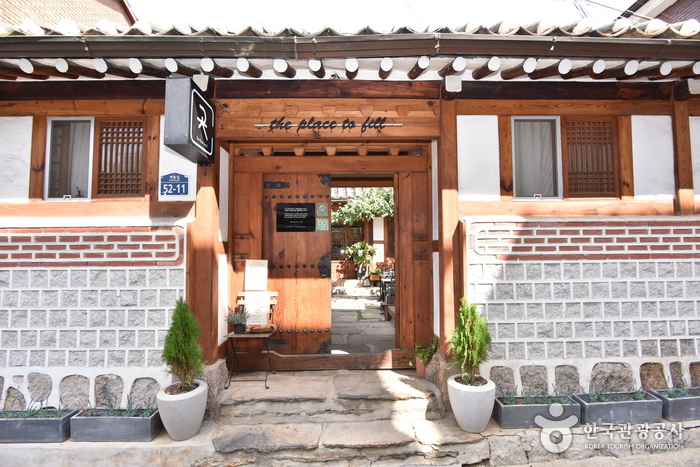
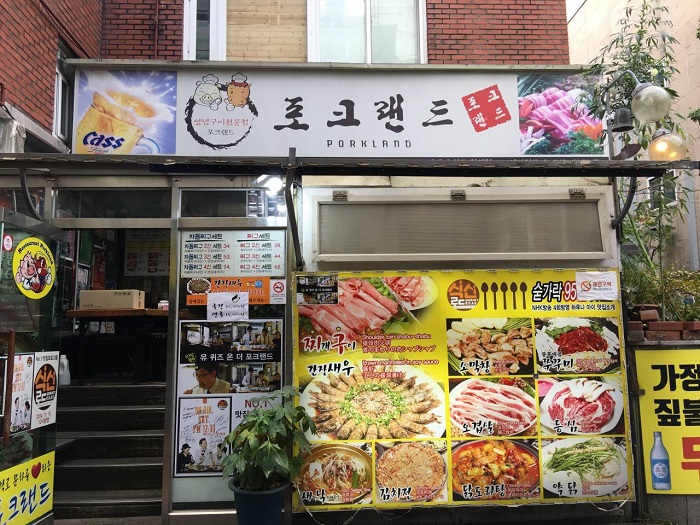
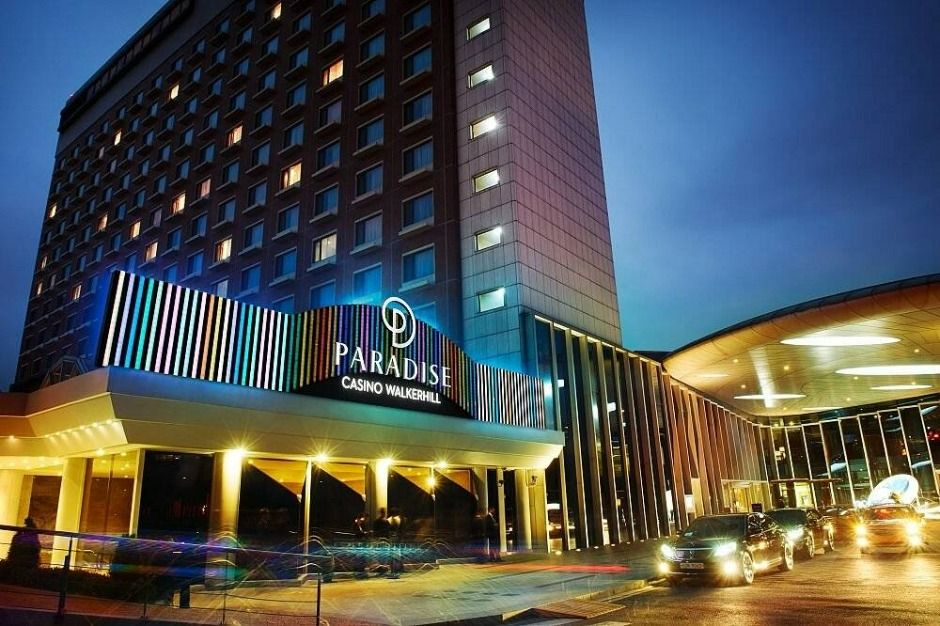

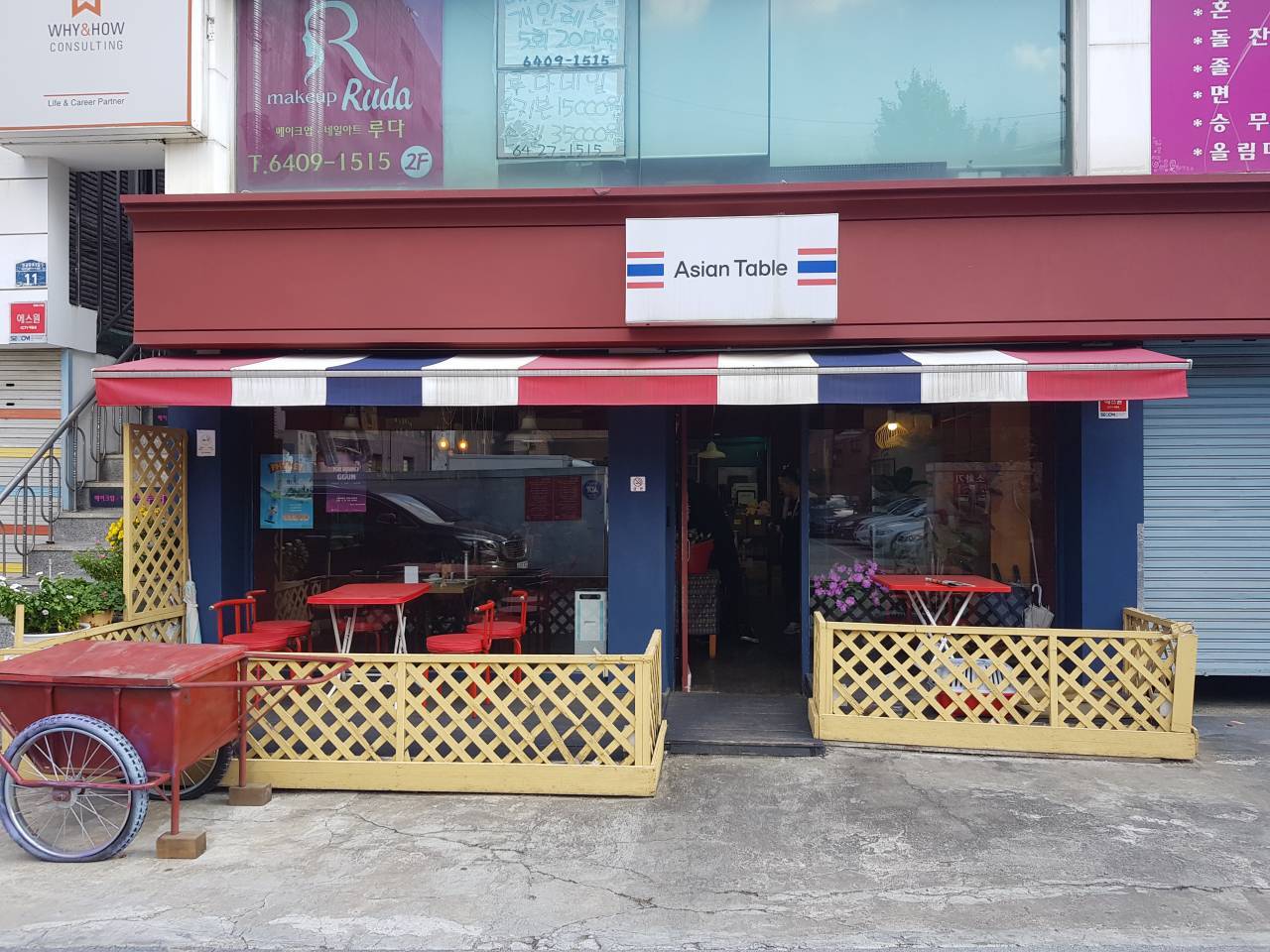
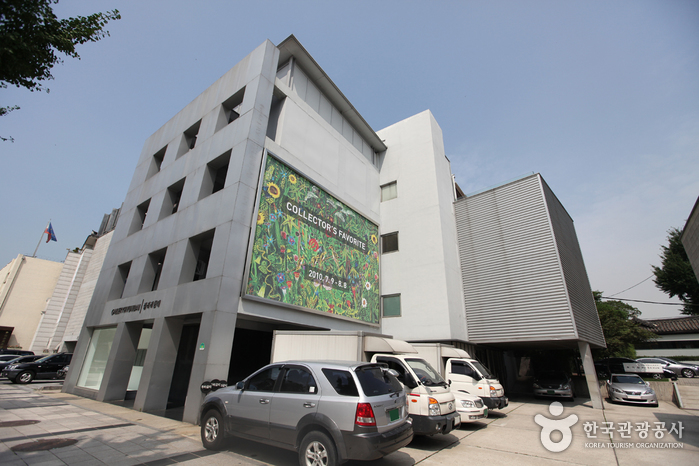
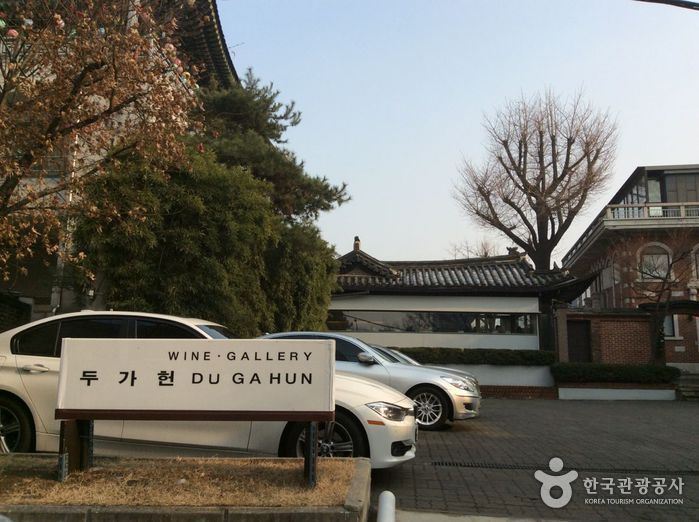
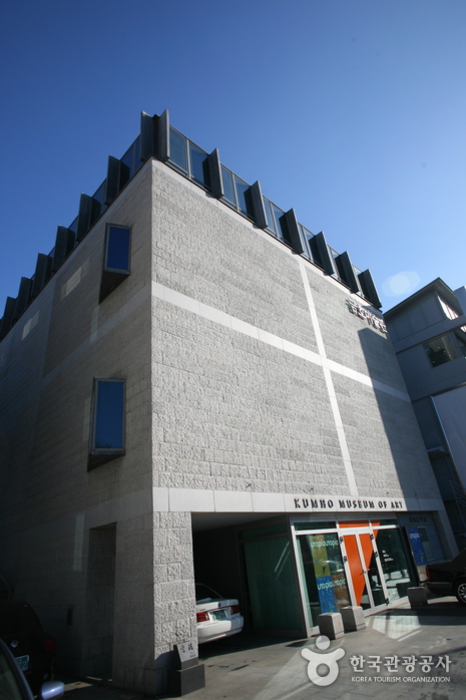
 Español
Español
 한국어
한국어 English
English 日本語
日本語 中文(简体)
中文(简体) Deutsch
Deutsch Français
Français Русский
Русский